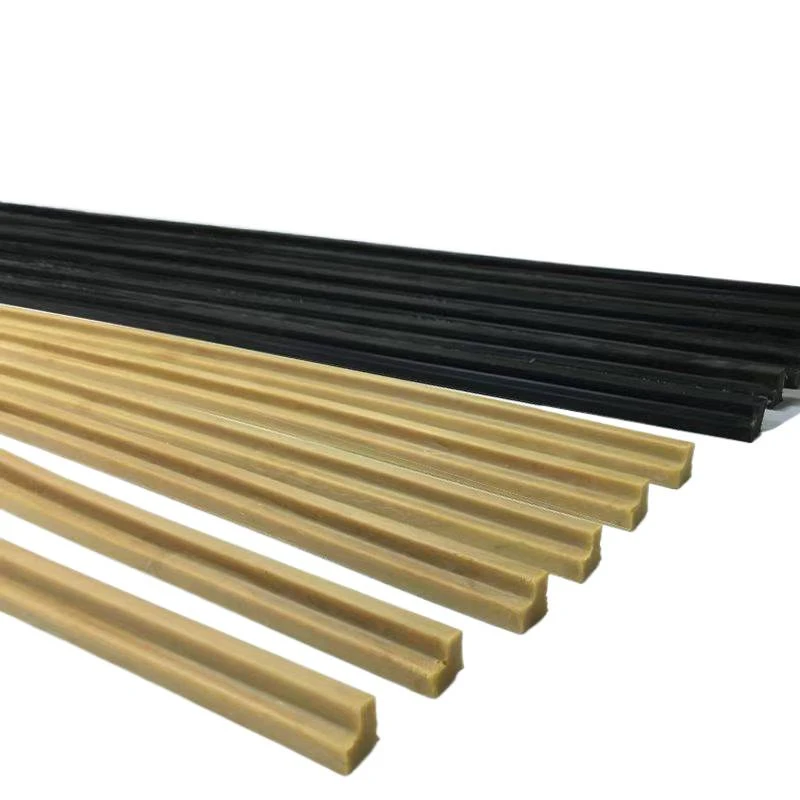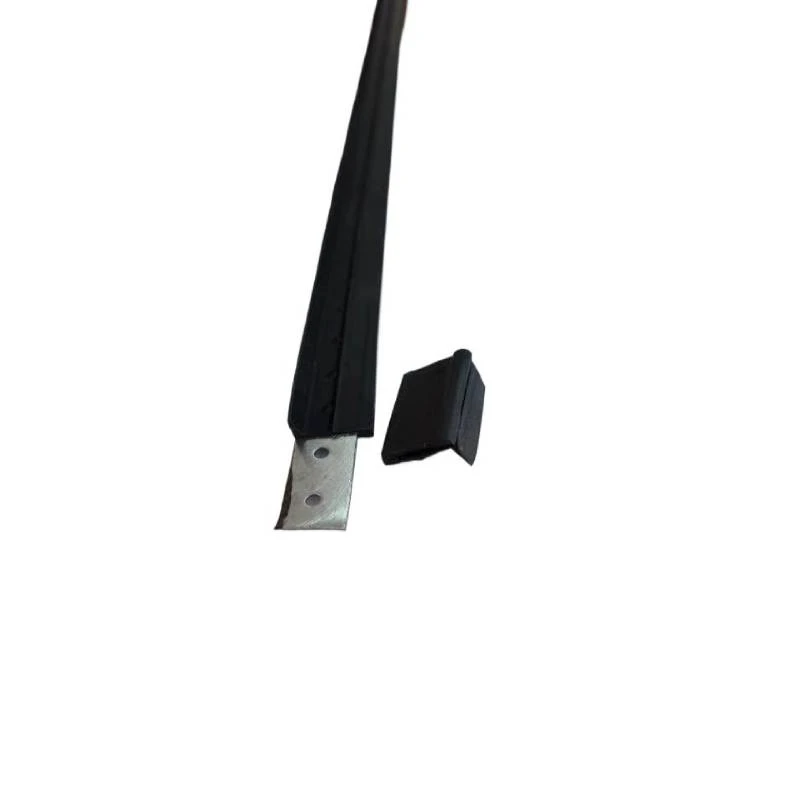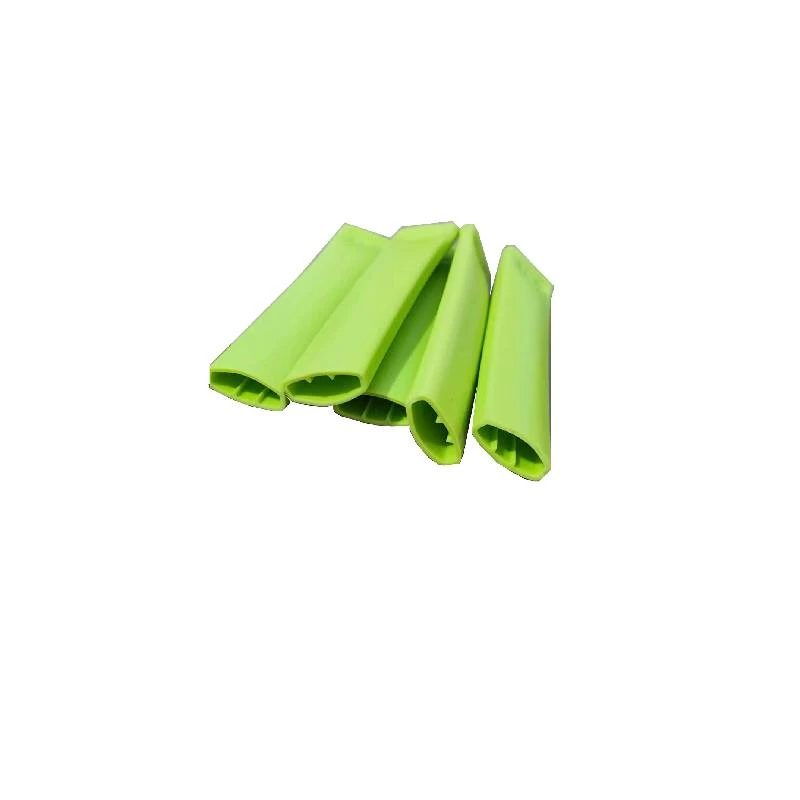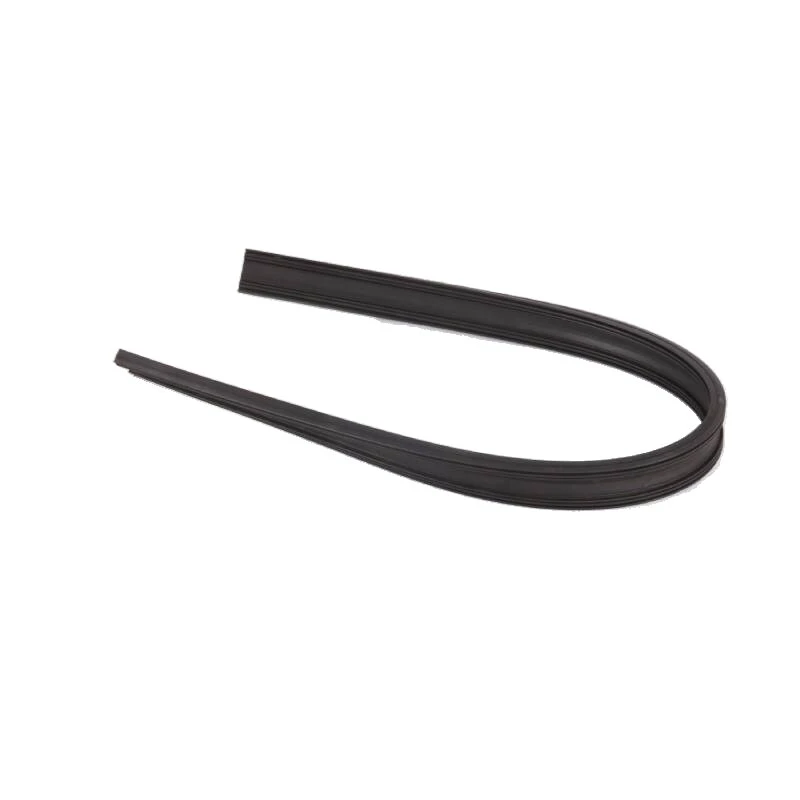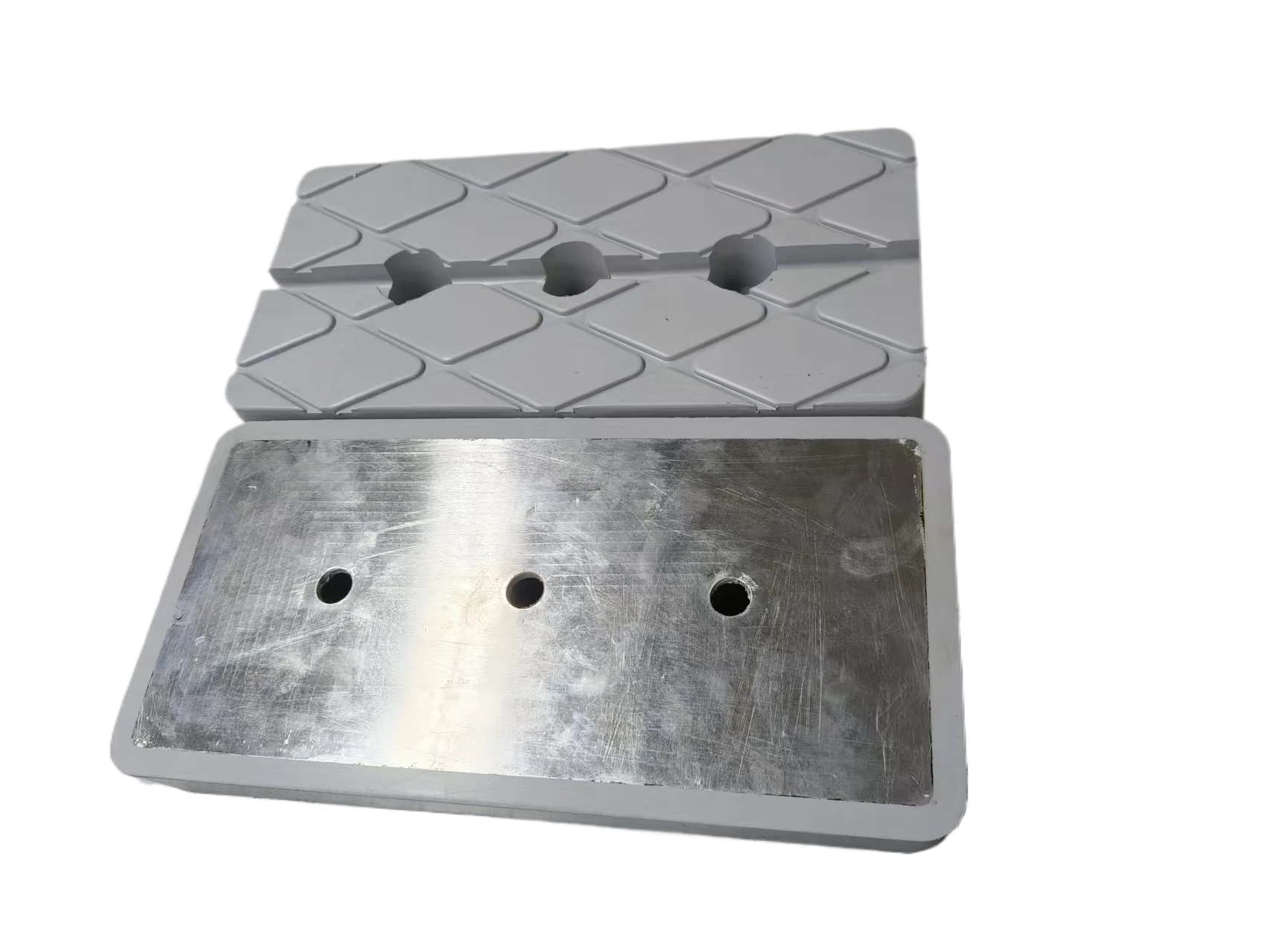
- Afrikaans
- Albanian
- Amharic
- Arabic
- Armenian
- Azerbaijani
- Basque
- Belarusian
- Bengali
- Bosnian
- Bulgarian
- Catalan
- Cebuano
- chinese_simplified
- chinese_traditional
- Corsican
- Croatian
- Czech
- Danish
- Dutch
- English
- Esperanto
- Estonian
- Finnish
- French
- Frisian
- Galician
- Georgian
- German
- Greek
- Gujarati
- haitian_creole
- hausa
- hawaiian
- Hebrew
- Hindi
- Miao
- Hungarian
- Icelandic
- igbo
- Indonesian
- irish
- Italian
- Japanese
- Javanese
- Kannada
- kazakh
- Khmer
- Rwandese
- Korean
- Kurdish
- Kyrgyz
- Lao
- Latin
- Latvian
- Lithuanian
- Luxembourgish
- Macedonian
- Malgashi
- Malay
- Malayalam
- Maltese
- Maori
- Marathi
- Mongolian
- Myanmar
- Nepali
- Norwegian
- Norwegian
- Occitan
- Pashto
- Persian
- Polish
- Portuguese
- Punjabi
- Romanian
- Russian
- Samoan
- scottish-gaelic
- Serbian
- Sesotho
- Shona
- Sindhi
- Sinhala
- Slovak
- Slovenian
- Somali
- Spanish
- Sundanese
- Swahili
- Swedish
- Tagalog
- Tajik
- Tamil
- Tatar
- Telugu
- Thai
- Turkish
- Turkmen
- Ukrainian
- Urdu
- Uighur
- Uzbek
- Vietnamese
- Welsh
- Bantu
- Yiddish
- Yoruba
- Zulu
Plastic Guide Wheels: Durable, Lightweight Solutions for Industry & Logistics
Understanding Plastic Guide Wheels: Small Components, Big Impact
Plastic guide wheels might sound like something tucked away in industrial whispers, but they quietly play a huge role across manufacturing lines, transport systems, and humanitarian logistics worldwide. At first glance, these small components may appear simple — just wheels made of plastic, right? Yet their design, durability, and application unlock smoother operations, cost efficiencies, and even help in disaster relief efforts. So why this quiet buzz around plastic guide wheels? Because understanding them means smarter production lines, greener choices, and stronger supply chains.
Let's dig in and see what makes plastic guide wheels such a global game-changer.
The Global Context: Why Plastic Guide Wheels Matter
The global conveyor and material handling industry is forecasted to grow steadily, projected to reach nearly $12 billion by 2026 according to Allied Market Research. This boom drives demand for reliable components, including guide wheels that align and support moving parts across conveyor belts and automated transport systems.
Plastic guide wheels typically step in where metal wheels struggle — harsh environments, moisture, corrosive conditions, or of course, where weight savings matter. ISO standards increasingly emphasize efficient, sustainable, and customizable parts that work seamlessly under variable conditions, pushing innovation forward.
Oddly enough, even something as niche as plastic guide wheels can impact global supply chains and manufacturing quality — especially when delays or failures are not an option.
Plastic guide wheels help reduce downtime and optimize energy consumption, making a tangible impact in industries ranging from automotive to food processing.
What Exactly Are Plastic Guide Wheels?
In essence, plastic guide wheels are circular components crafted primarily from engineered polymers or composite plastics. They're fitted into machinery to guide, support, or redirect moving elements like conveyor belts, sliding doors, or automated carts.
Unlike traditional metal wheels, these are lightweight, corrosion-resistant, and often quieter in operation. Their use transcends typical manufacturing; for example, in humanitarian aid logistics, they're part of material handling systems that swiftly move supplies — a critical factor in time-sensitive situations.
Core Characteristics That Make Plastic Guide Wheels Stand Out
Durability and Wear Resistance
Many engineers I spoke with emphasize polymers like nylon, polyurethane, or acetal for guide wheels due to their wear endurance. Plastic wheels tuck in nicely under constant friction but avoid rust or chemical degradation common with metals.
Lightweight Design
In conveyor systems, less weight means lower motor load, saving energy. Plastic guide wheels weigh roughly 30%-50% less than steel counterparts, which translates into reduced power consumption and operating costs. Definitely a win for sustainability goals.
Cost Efficiency
Mass-produced from injection molded plastics, these wheels present cost savings not just in material but in maintenance. No need for lubricants or anti-rust treatments; and replacement is quick and simple, minimizing downtime.
Customizability
One reason plastic guide wheels shine in niche applications is their ability to be tailored — different diameters, tread profiles, or hardness levels can be quickly prototyped and produced. This means they fit exactly where needed, no one-size-fits-all guesswork.
Noise Reduction
Interestingly, many factories pick plastic wheels to reduce noise pollution produced by metal parts. In environments where silence aids worker comfort or product quality, plastic wheels quietly make a difference.
Real-World Applications Worldwide
So where do these nifty parts actually get deployed?
- Automotive manufacturing: Plastic guide wheels keep conveyors steady as frames and components shuttle from station to station.
- Food & Beverage Lines: Material-grade plastic wheels avoid contamination and withstand regular washdowns.
- Warehouse Automation: Automated Guided Vehicles (AGVs) often rely on plastic guide wheels for smooth navigation on varied floor surfaces.
- Humanitarian and Disaster Relief: In post-earthquake supply chains, lighter conveyor systems equipped with plastic guide wheels speed up distribution without heavy infrastructure.
- Remote Industrial Zones: Facilities in humid or corrosive environments prefer plastic wheels to avoid premature rust or structural failure.
Oddly enough, there's a sort of universal footprint here — from bustling factories in Europe to off-grid relief camps supporting vulnerable communities in Africa.
Advantages that Add Up Over Time
Here's where you realize the magic of plastic guide wheels isn't just in the plastic itself but what they enable:
- Reliability & Longevity: Less corrosion, less slip, smoother ride — meaning fewer interruptions.
- Easier Maintenance: No greasing, no rust checks, quicker swaps.
- Sustainability: Lighter parts mean less transport fuel and energy. Plus, many plastics used are recyclable or engineered for biodegradability.
- Worker Safety: Lower noise contributes to healthier, less stressful environments.
- Economic Savings: Reduced downtime and energy savings cumulatively strengthen the bottom line.
Frankly, it feels like the small wheel that keeps the big machine humming smoothly in every sense.
Looking Ahead: Trends & Innovations
Material scientists continue to innovate with bio-based plastics and composites that boast greater strength-to-weight ratios and biodegradability. Digital manufacturing processes such as 3D printing allow rapid prototyping and customization — so soon, you might order guide wheels that precisely fit your conveyor's quirks.
Integration with smart sensors to anticipate wear is another exciting area. Imagine wheels that alert maintenance teams before failure, saving costly downtime.
As the world embraces circular economies and green tech policies, expect plastic guide wheels to evolve into eco-friendlier, performance-optimized workhorses.
Challenges & Smart Solutions
Let's be honest — plastic guide wheels aren't perfect. Excessive heat can degrade plastics; ultra-heavy loads might wear them out quicker than steel; and cheap, low-quality plastics risk cracking.
However, multi-material composites, reinforced plastics, and improved quality control have reduced these issues significantly. Proper material matching and application-specific design help avoid premature failure.
Many engineers recommend lifecycle testing aligned with ISO 10816 vibration standards to ensure reliability, which can feel like a bit of extra legwork but pays off.
Plastic Guide Wheels FAQ
- What materials are best for plastic guide wheels in food processing?
- Food-grade plastics such as UHMW polyethylene or polyurethane are common because they resist moisture, are easy to clean, and comply with hygiene standards.
- How long do plastic guide wheels typically last in industrial conveyors?
- Lifespan varies but many are rated for 3–5 years under regular load conditions, depending on environment and maintenance.
- Are plastic guide wheels environmentally friendly?
- Many modern plastic wheels use recyclable or bio-based polymers, aligning with eco-conscious manufacturing, but it depends on supplier and material sourced.
- Can plastic guide wheels handle heavy loads?
- Light to medium loads are ideal. For heavier loads, reinforced plastics or hybrid designs combining metal cores with plastic surfaces can perform well.
- How easy is it to customize plastic guide wheels?
- Customization is one of the strengths. Different diameters, hardness, tread patterns, and bore sizes can be tailored at relatively low cost and short lead times.
Product Specification Table
| Specification | Typical Value | Units |
|---|---|---|
| Material | Nylon 6 / Polyurethane | - |
| Diameter | 50-150 | mm |
| Load Capacity | 150-1000 | kg |
| Operating Temperature Range | -30 to 80 | °C |
| Tread Hardness | 70-95 | Shore A |
| Noise Level | Low (compared to steel) | dB |
Vendor Comparison: Plastic Guide Wheels Suppliers
| Supplier | Material Range | Customization | Delivery Time | Pricing |
|---|---|---|---|---|
| FYGasket | Nylon, Polyurethane, Acetal | High (custom bore, sizes, hardness) | 2-3 weeks | Mid-range |
| WheelerPro | Polyurethane, Rubber blends | Medium | 1-2 weeks | Premium |
| ConveyorParts Ltd. | Basic nylon, plastic blends | Low | 3-4 weeks | Budget |
Wrapping It Up: Why Plastic Guide Wheels Should Be On Your Radar
From the hustle of automated factories to the calm urgency of disaster relief logistics, plastic guide wheels quietly keep things moving efficiently and sustainably. They blend the perfect combo of reliability, customization, and cost savings. It feels like a tiny part that holds a giant’s weight — literally and figuratively.
If you’re looking to cut energy costs, reduce noise, or just get durable, long-lasting guide wheels that won’t weigh your system down, consider making plastic guide wheels your first choice. Your conveyor belts (and your budget) will thank you.
Ready to explore options? Check out plastic guide wheels from trusted suppliers who understand the nuances and needs of modern production and logistics.
Mini takeaway:
Plastic guide wheels are more than mere components—they’re innovation enablers with a tangible global impact—from factory floors to relief centers.
References
-
Plastic Pelton Wheel – Lightweight, Cost-Effective Hydropower SolutionsNewsNov.24,2025
-
Durable and Cost-Effective Plastic Sheave Wheels for Modern IndustryNewsNov.24,2025
-
Plastic Spoke Wheel – Lightweight, Durable Wheels for Global Mobility SolutionsNewsNov.24,2025
-
Plastic Stem Casters: Durable, Cost-Effective Mobility Solutions for Every IndustryNewsNov.24,2025
-
Plastic Wheel Roller: Durable, Lightweight Solutions for Modern IndustryNewsNov.24,2025
-
Plastic Wheelchair Wheels: Durable, Affordable Mobility Solutions WorldwideNewsNov.24,2025
-
Small Plastic Casters – Durable, Lightweight Wheels for Global MobilityNewsNov.24,2025



